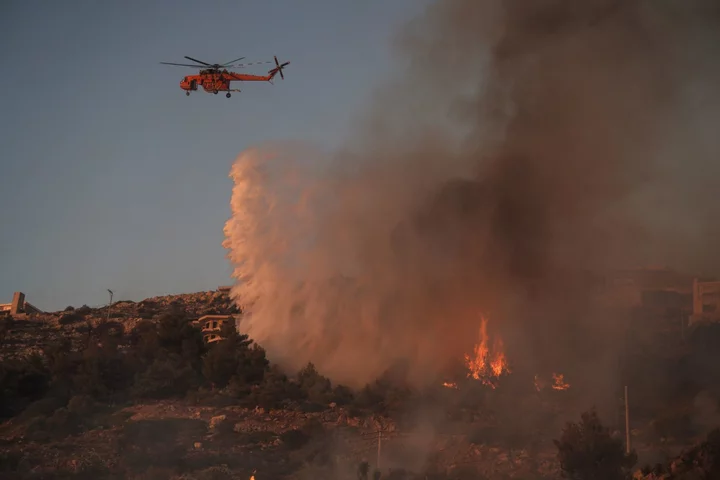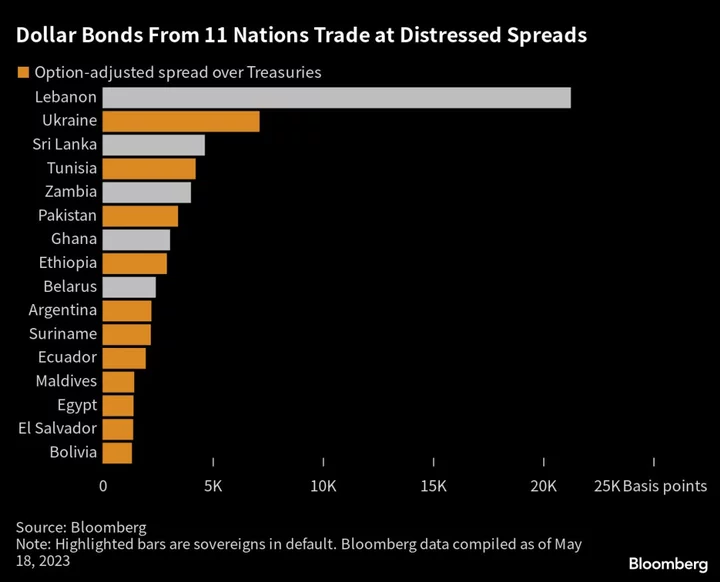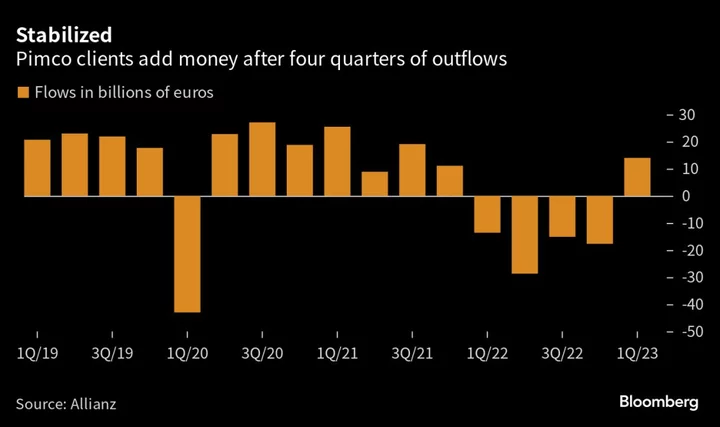Europeans are among the least insured against certain types of extreme weather and other natural disasters in the developed world, a predicament made more worrisome as the continent suffers a summer of devastating heat, wildfires and drought.In recent months, wildfires have destroyed property in Greece, a lack of rainfall has ravaged tomato and strawberry production in Spain, and low water levels have disrupted shipping along the Rhine, one of the continent’s largest shipping arteries. The damage is taking a toll, as almost 90% of the natural disaster-driven losses in the first half of this year weren’t covered by insurance, according to Munich Re, one of the world’s largest reinsurers.
“We need to adapt to handle the consequences of global warming,” said Thomas Blunck, a management board member at Munich Re, in a statement. “This is starkly illustrated by the loss figures for the first half of 2023.”Europe has been warming at a faster pace than the global average, and its poor standing on insurance protection was second only to Africa in the first half of the year. The Asia-Pacific region had 57% of its direct losses uninsured, compared with 24% in North America. Munich Re didn’t present data for South America. Globally, an average 61% of direct losses were uninsured in the first six months of 2023, which is similar to last year and a slight decrease from the 10-year average of 65%. Munich Re doesn’t include indirect losses in its calculations, such as the impact of a cyclone on tourism.
Worldwide losses for the January-to-June period were $110 billion, exceeding the inflation-adjusted $98 billion average for the same period over the past decade.
In Europe, “the challenge is much more the affordability of insurance, not the availability of insurance,” said Ernst Rauch, chief geo and climate scientist at Munich Re, in an interview on Bloomberg TV.The European Insurance and Occupational Pensions Authority, an advisory body, has noted that “high rates of coverage and speedy pay-outs can substantially mitigate the economic damage. They can also reduce financial stability risks and lower the cost to taxpayers of government relief to cover uninsured losses.”
Natural disasters include earthquakes as well as extreme weather events like floods, storms and drought that are becoming more frequent and severe with global warming. As climate change worsens, insurance coverage is expected to shrink further as rising premiums choke demand and insurers withdraw from particularly exposed areas, according to statements from the European Central Bank.
While poorer countries are particularly exposed, richer nations aren’t immune. Treasury Secretary Janet Yellen recently raised concern about the protection gap in the US, as insurance companies pull back on homeowner policies in vulnerable areas. In New Zealand, the government is offering to buy out homeowners in at-risk areas in a new process called “managed retreat.”
The February earthquake that hit Turkey and Syria—countries that Munich Re classifies as part of Europe—accounted for a big portion of the region’s $52 billion in natural disaster-related losses in the first half of 2023. Storms and flooding in Italy and eastern Europe, and the ongoing drought in Spain resulted in additional costs.
For each of those disasters in Europe, about 90% of the losses were uninsured. The reason for the protection gap differs in each case, however. Few buy drought and flood cover, for example. In the case of the earthquake, the gap was driven by underinsurance and an indemnification cap, Munich Re said.
On a 10-year time horizon, Europe fares better on its protection gap for weather events with 63% uninsured, though that’s still behind North America and Asia, the reinsurer said.
When it comes to disaster response, the ECB sees insurers as the first line of financial defense, backed up by reinsurers and the financial markets with instruments like catastrophe bonds. The global market for catastrophe bonds, which give insurers a payout when a specified natural disaster hits, almost doubled in the past decade to more than $40 billion, according to data compiled by Morningstar Inc.
Munich Re is “very much interested in growing our natural catastrophe book of business in Europe and other regions of the world,” Rauch said in an interview. “We do have the risk appetite to grow in this space.”
(Updates seventh paragraph with EIOPA comment)









